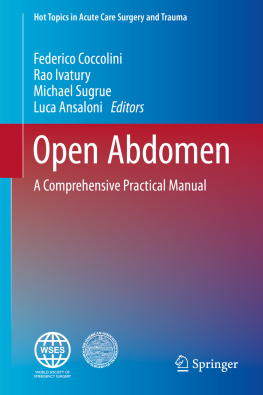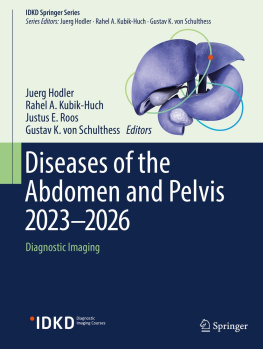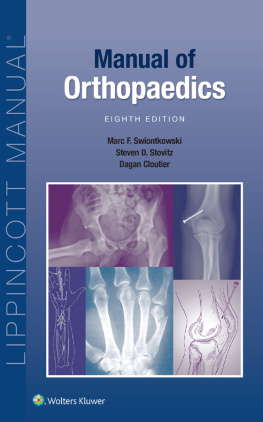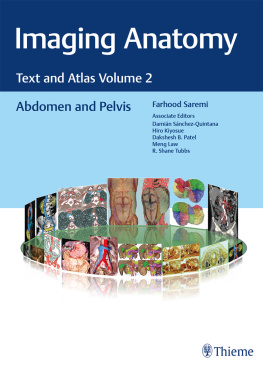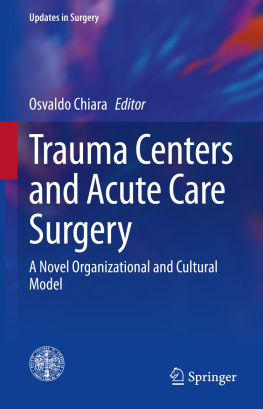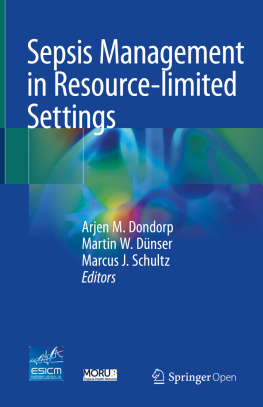Federico Coccolini - Open Abdomen: A Comprehensive Practical Manual
Here you can read online Federico Coccolini - Open Abdomen: A Comprehensive Practical Manual full text of the book (entire story) in english for free. Download pdf and epub, get meaning, cover and reviews about this ebook. year: 2018, publisher: Springer, genre: Romance novel. Description of the work, (preface) as well as reviews are available. Best literature library LitArk.com created for fans of good reading and offers a wide selection of genres:
Romance novel
Science fiction
Adventure
Detective
Science
History
Home and family
Prose
Art
Politics
Computer
Non-fiction
Religion
Business
Children
Humor
Choose a favorite category and find really read worthwhile books. Enjoy immersion in the world of imagination, feel the emotions of the characters or learn something new for yourself, make an fascinating discovery.
- Book:Open Abdomen: A Comprehensive Practical Manual
- Author:
- Publisher:Springer
- Genre:
- Year:2018
- Rating:5 / 5
- Favourites:Add to favourites
- Your mark:
Open Abdomen: A Comprehensive Practical Manual: summary, description and annotation
We offer to read an annotation, description, summary or preface (depends on what the author of the book "Open Abdomen: A Comprehensive Practical Manual" wrote himself). If you haven't found the necessary information about the book — write in the comments, we will try to find it.
This book is the first available practical manual on the open abdomen. Practicing physicians, surgeons, anesthesiologists, nurses, and physiotherapists will find in it a ready source of information on all aspects of open abdomen management in a wide variety of settings. The coverage includes, for example, the open abdomen in trauma, intra-abdominal sepsis, and acute pancreatitis, step-by-step descriptions of different techniques with the aid of high-quality color figures, guidance on potential complications and their management, and features of management in different age groups. The book contents illustrate the most recent innovations and drawing upon a thorough and up-to-date literature review. Useful tips and tricks are highlighted, and the book is designed to support in daily decision making. The authors include worldwide opinion leaders in the field, guaranteeing the high scientific value of the content.
Federico Coccolini: author's other books
Who wrote Open Abdomen: A Comprehensive Practical Manual? Find out the surname, the name of the author of the book and a list of all author's works by series.

